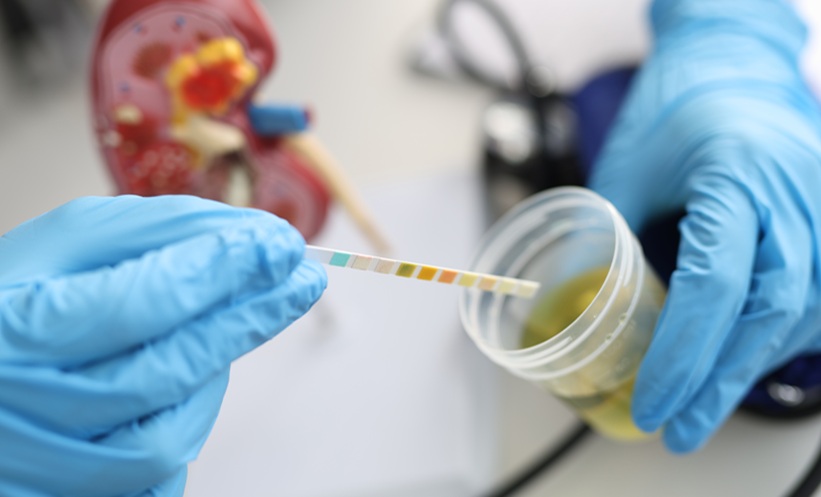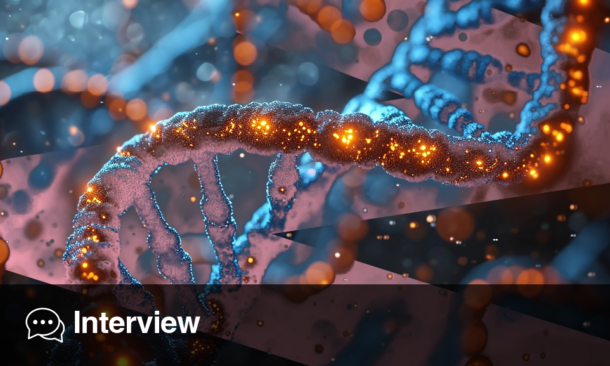Acute kidney injury (AKI) remains a frequent and life-threatening complication in patients with liver cirrhosis, affecting up to 50% of this population. Despite a variety of underlying causes, prerenal azotemia, also known as transient ischaemia, is the most common. Alarmingly, AKI in cirrhosis is associated with significantly reduced survival, with the worst outcomes observed in hepatorenal syndrome (HRS) and acute tubular necrosis (ATN).
Traditional markers like serum creatinine (SCr) are widely used for diagnosing AKI but are problematic in cirrhosis due to muscle wasting, altered creatinine metabolism, and delayed response to injury. These limitations highlight the urgent need for more reliable biomarkers.
This recent study assessed the potential of urinary biomarkers, particularly uNGAL, KIM-1, and IL-18, to predict AKI and patient mortality in cirrhotic individuals. AKI incidence was high (53%) among patients with acute-on-chronic liver disease, predominantly at stage 1 per KDIGO criteria. uNGAL emerged as a promising marker, predicting AKI 2.5 days in advance. Conversely, KIM-1 and IL-18 did not correlate with AKI onset but IL-18 proved to be a valuable predictor of mortality.
The study further found that biomarkers such as FENa, FEUr, proteinuria, and hematuria effectively differentiated between AKI types. Specifically, FENa <0.7% and FEUr <32.5% reliably distinguished ATN from HRS and prerenal AKI, with diagnostic accuracy exceeding 80%. uNGAL levels above 230 pg/ml were also strongly associated with ATN.
While uNGAL showed value in identifying AKI subtypes, it did not predict mortality. IL-18, with a cut-off of 40.5 pg/ml, demonstrated better prognostic capability for death, particularly in patients with septic AKI and advanced liver disease.
Despite limitations, including small sample size and single-centre data, these findings reinforce the importance of combining functional and damage biomarkers. Incorporating uNGAL and IL-18 into clinical practice could improve early diagnosis, guide treatment strategies, and potentially enhance outcomes for patients with cirrhosis and AKI. Further large-scale research is necessary to validate and expand upon these promising results.
Reference
Altran WS et al. The role of urinary biomarkers in the diagnosis of acute kidney injury in patients with liver cirrhosis. Sci Rep. 2025;15(1):11575.








